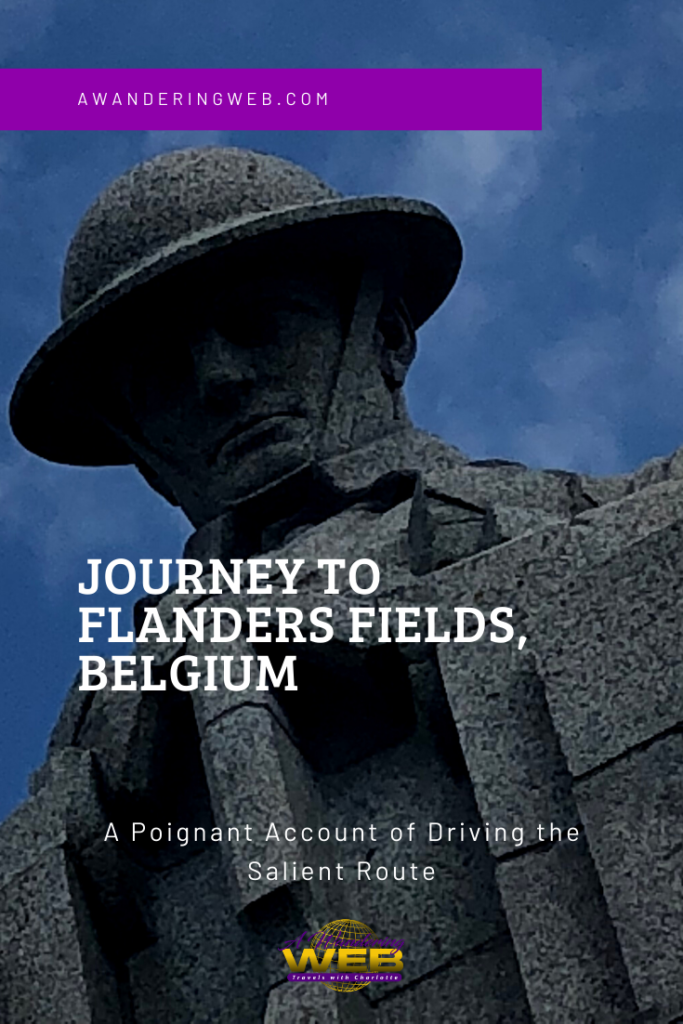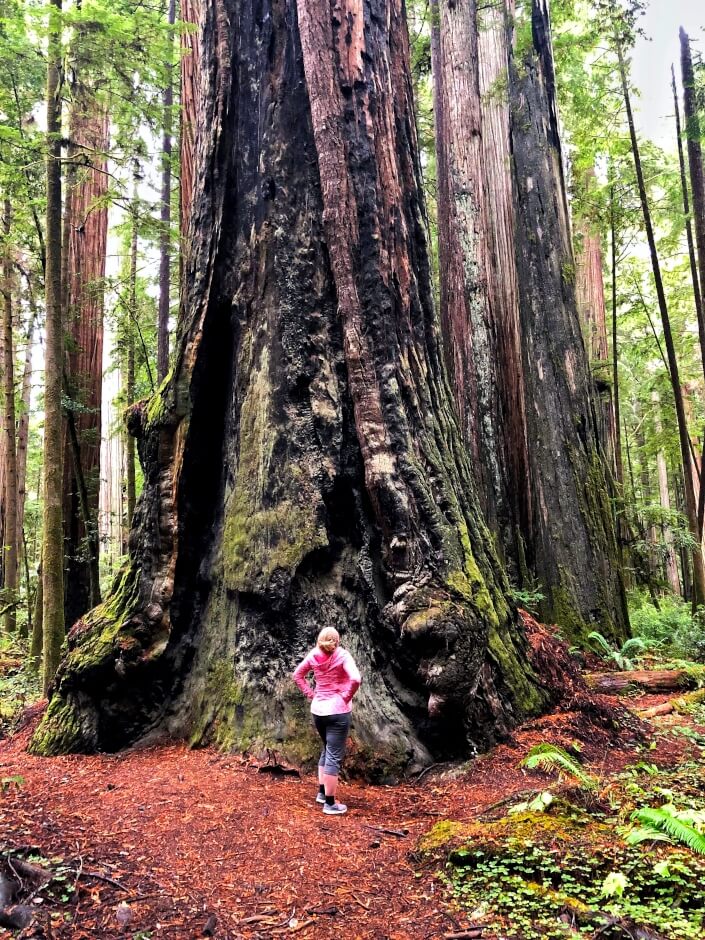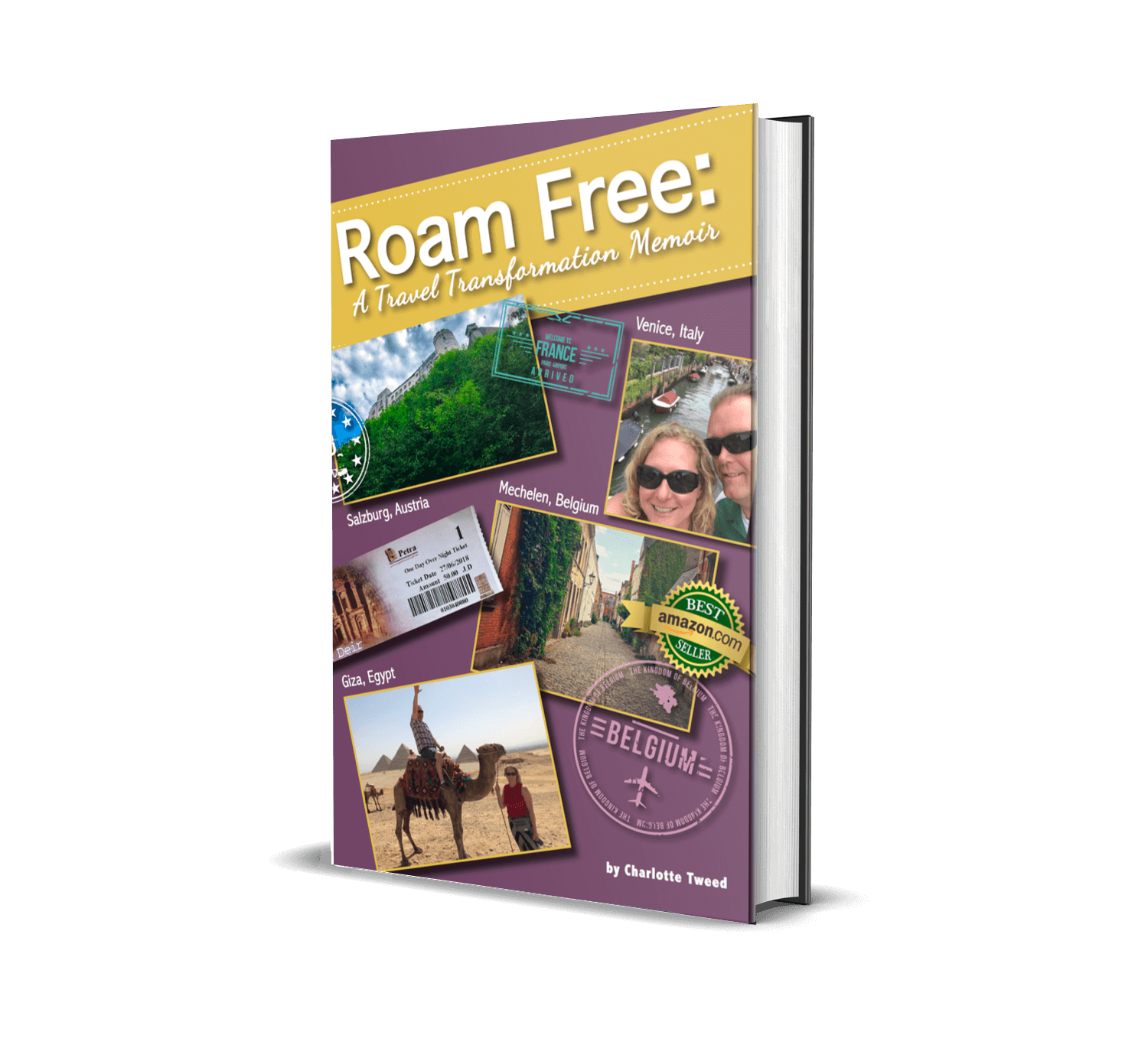
Destruction. Debris. Death. This describes Flanders Fields in 1918. Restoration. Beauty. Life. This describes Flanders Fields in 2018. Ypres is a city in the Flanders region (the Belgians pronounce it Eeper). It was destroyed in World War I and many buildings have been carefully reconstructed to reflect the former splendor of the town. The beautiful buildings and unique Flemish architecture shine in the Belgian city of 35, 000. The Cloth Hall dominates the huge town square. No sign of the devastation brought on by the Three Battles of Ypres remain to the naked eye.
*Note: Some of these links are affiliate links, meaning that if you book through my link, I will make a small commission (at no extra cost to you).
Flanders Fields
I had always wanted to visit Flanders Fields and it exceeded expectations. The Flanders region stretches over 13,522 km2. Flanders is an area straddling the Belgian provinces of East and West Flanders as well as the French department of Nord-Pas-de-Calais, or French Flanders. I imagined a single immense, green field covered in poppies where battles had taken place. Equipped with our own car, we decided to drive the Salient Route and see the memorial sites of World War I without a guide. I purchased a book at the Flanders museum that included a small map and explanations of the most important sites along the Salient Route. After a delightful burger, fries and a Leffe beer at Ypres Burger Homestyle, we mapped out which sites we wanted to see.
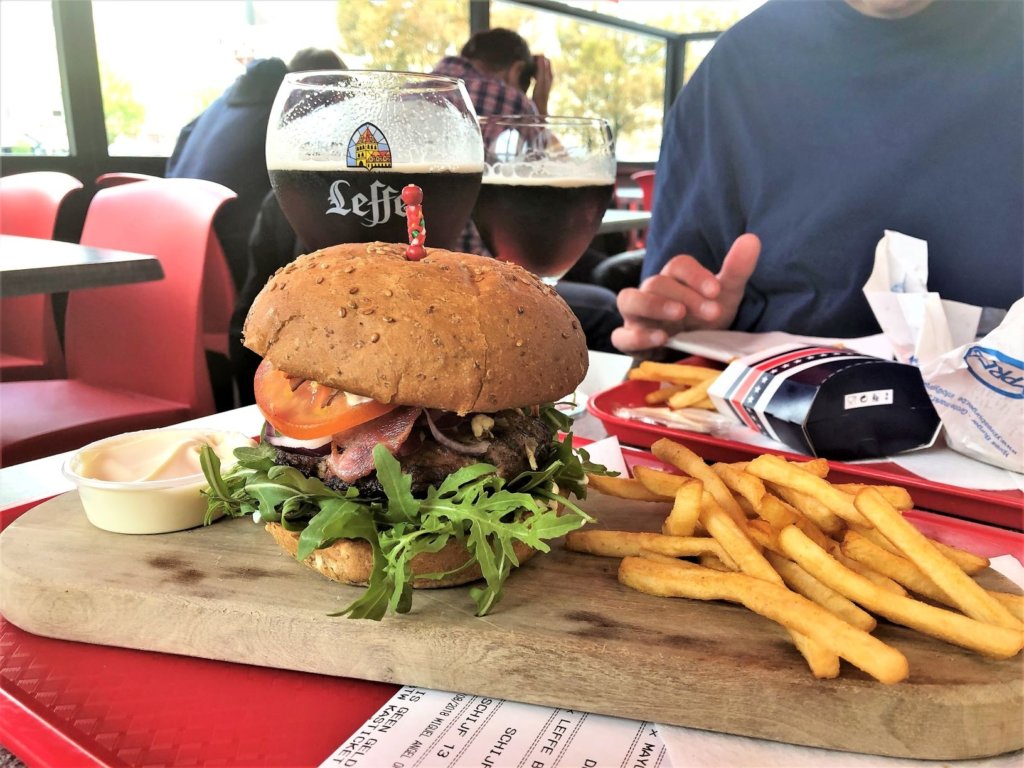
The Ypres Salient
The Ypres Salient was a bulge in the front line of The Great War. The Germans occupied the ridges which formed a semi-circle around the city of Ypres. The British were at a disadvantage being overlooked on three sides from the high ground. Therefore, the area was a scene of repeated savage fighting since it was one of the most vulnerable sectors of the front. A breakthrough in the line would have meant catastrophic consequences for either side.
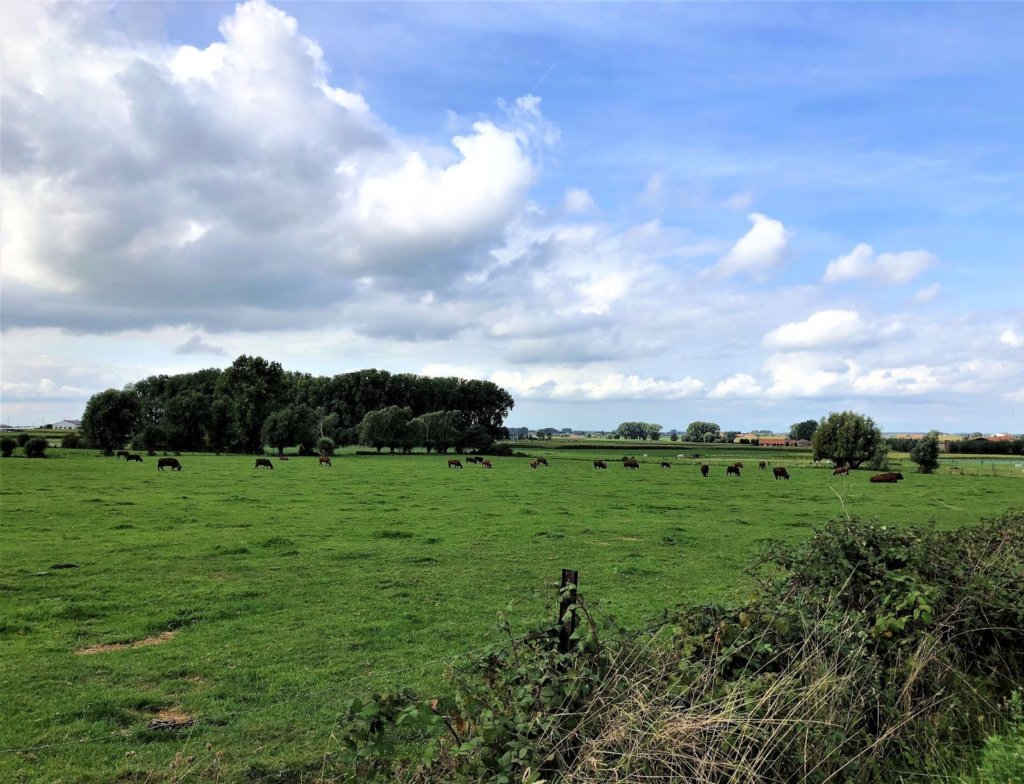
To drive the entire Salient Route by car is 70 km. We were sure we could see the major sites of interest in a few hours. Boy, were we wrong. It didn’t take long to realize the impact of visiting the haunting sites and we knew we had to return to explore this evocative region.
The Menin Gate
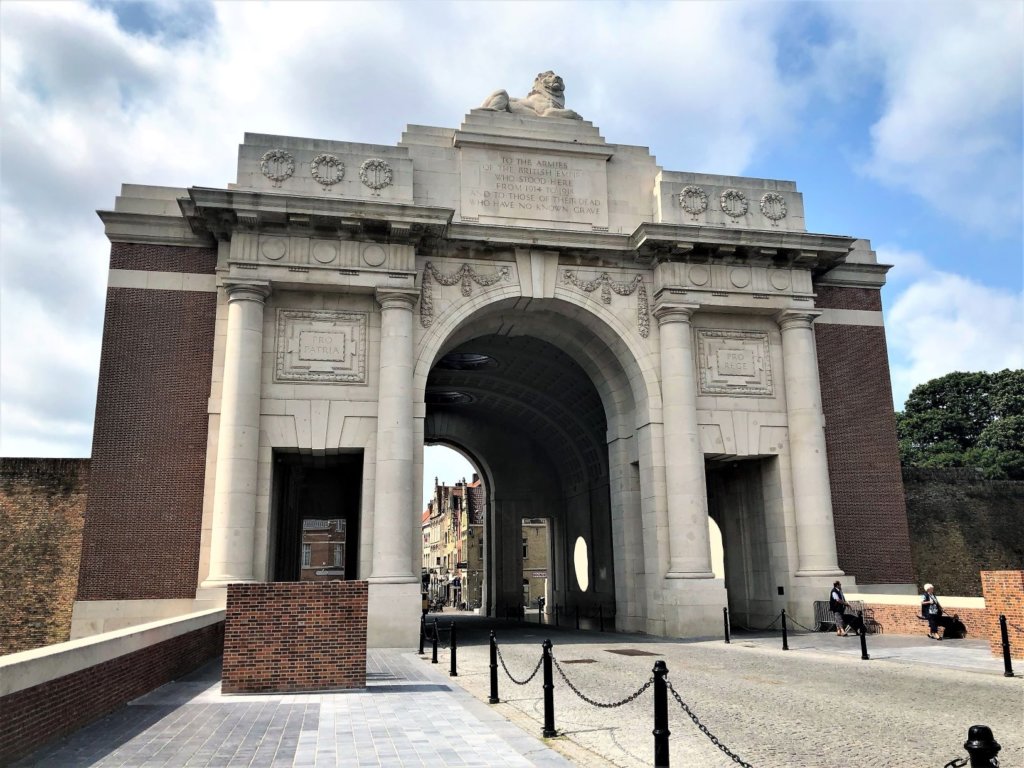
First stop: the Menin Gate in the town of Ypres. The impressive monument is a few short blocks away from the town square. The massive British War Memorial was built to commemorate the unaccounted war dead of World War I. 54, 896 British Commonwealth soldiers’ names are carved into the stone, echoing their sacrifice. The gate turned out to be too small for all those missing. The remaining names are listed on the memorial at the Tyne Cot Cemetery. To stand and look at all the names carved into the walls was humbling. These soldiers died for what we have today.
Numerous wreaths of poppies lie at the side gates of the memorial. Besides the laying of the wreaths, The Last Post has been played every night since 1928 at 8:00 pm. The ceremony commemorates the sacrifice of the soldiers. First of all, wreaths are laid, hymns are sung, and the bugle trumpets out The Last Post. We planned to visit Ypres again to take in this moving experience.
The Canadian Connection
Flanders Fields was made famous by the poem In Flanders Fields. Lieutenant Colonel John McCrae of the Canadian Army Medical Corps wrote the poem near Essex Farm Cemetery. The poem was inspired by his experiences in the trenches. The bunkers where McCrae wrote the famous poem are accessible and remain near the cemetery were 1,000 casualties of war are buried. Also, the youngest soldier, 5750 Rifleman V.J. Strudwick, aged 15, lies to rest in the cemetery. A melancholy display of poppies and a teddy bear border his headstone.

The Brooding Soldier
The Brooding Soldier is the most poignant memorial we saw on the Salient Route. The imposing granite column stands facing where a cloud from the first German gas attack took place. The stone soldier stands alone with his head lowered, leaning on a gun barrel. The extreme feeling of sadness seeps from the expressive stone-carved face. Eerily, the soldier seems to be keeping watch over the area where 2,000 Canadian soldiers died from the attack. I stood at the foot of the statue and turned to face the direction of his face, trying to picture what it would have looked like for the men as they saw and smelled a weapon they had never encountered before. A pungent, irritating odour of bleach would have enveloped the area as the chlorine gas crept across the mud-pooled countryside. There was no way they could save themselves. I mourned along with the soldier.
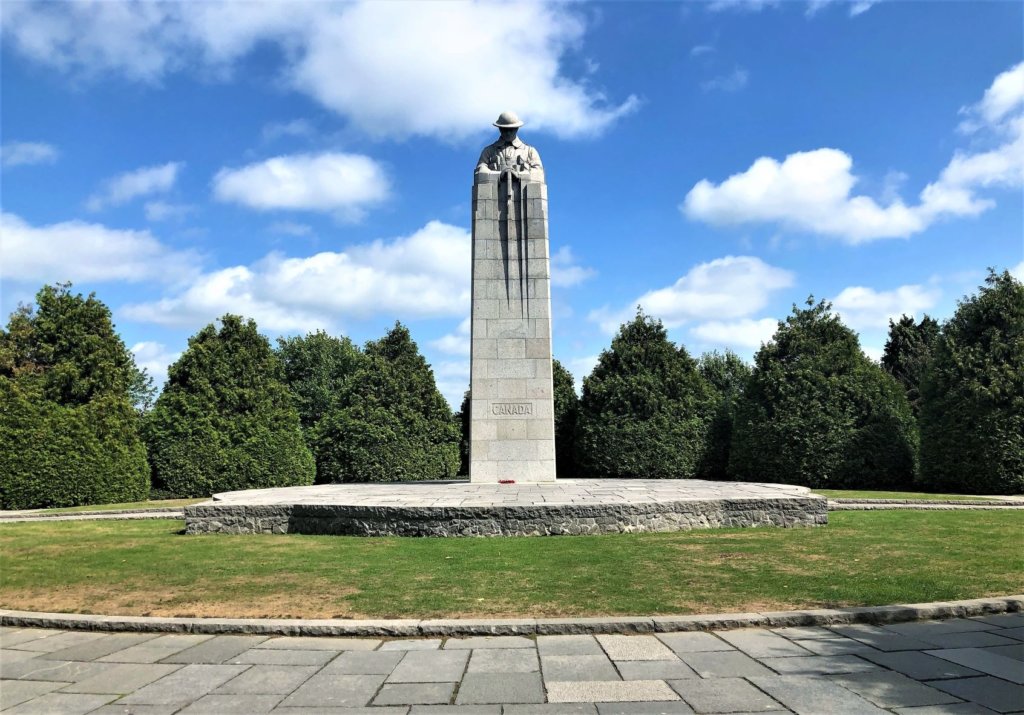
The Tyne Cot Cemetery
Time flew by. Sadly, we had to go before we could visit the Tyne Cot Cemetery. Relatives in Kontich, Belgium were expecting us. We had visited two sites and it had taken most of the afternoon. An unexpected twist that would bring us back for further investigation.
So, a few weeks later, we picked up where we left off and underwent our journey through a part of unforgettable Canadian and world history. The Tyne Cot Cemetery is the largest Commonwealth War Graves cemetery in the world. 11,900 servicemen lie buried there. Some men still lie exactly where they were shot and killed. Gorgeous blood-red roses line the white granite headstones, a stark contrast and lasting remembrance of the blood shed on these lands. The cemetery is located on the scene of the Third Battle of Ypres, also known as The Battle of Passchendaele. Three German concrete bunkers remain inside the cemetery as unnerving ghostly remnants of war.
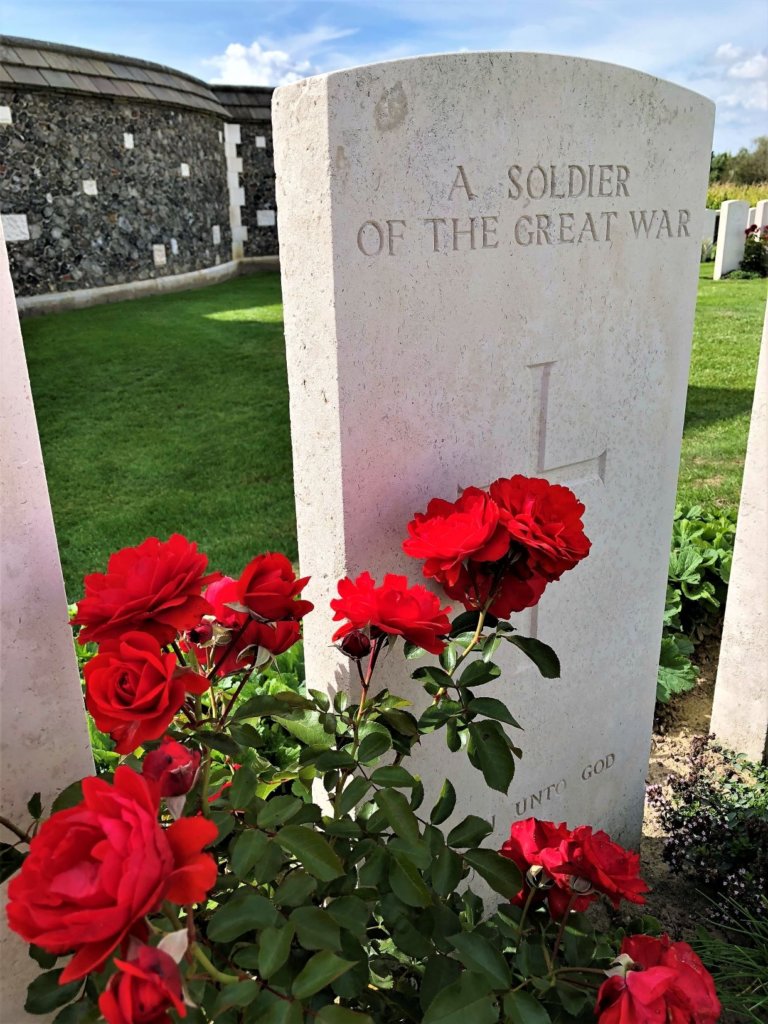
The Road to Passchendaele
Darryl and I decided to walk the three-kilometre walk to the village of Passchendaele from the cemetery. The path is the same path the Canadian soldiers marched to take the village from the Germans. Alone on the path, except for the odd cyclist, we headed on our walk back in time. It was a calm, warm day. The fields are now green and lush, nothing like the shattered countryside the soldiers faced. The corn fields are expansive. Dense stalks of corn stood at attention alongside the path. A Canadalaan sign made us exceptionally proud of our past – a memorial from the Belgian people to our Canadian servicemen.
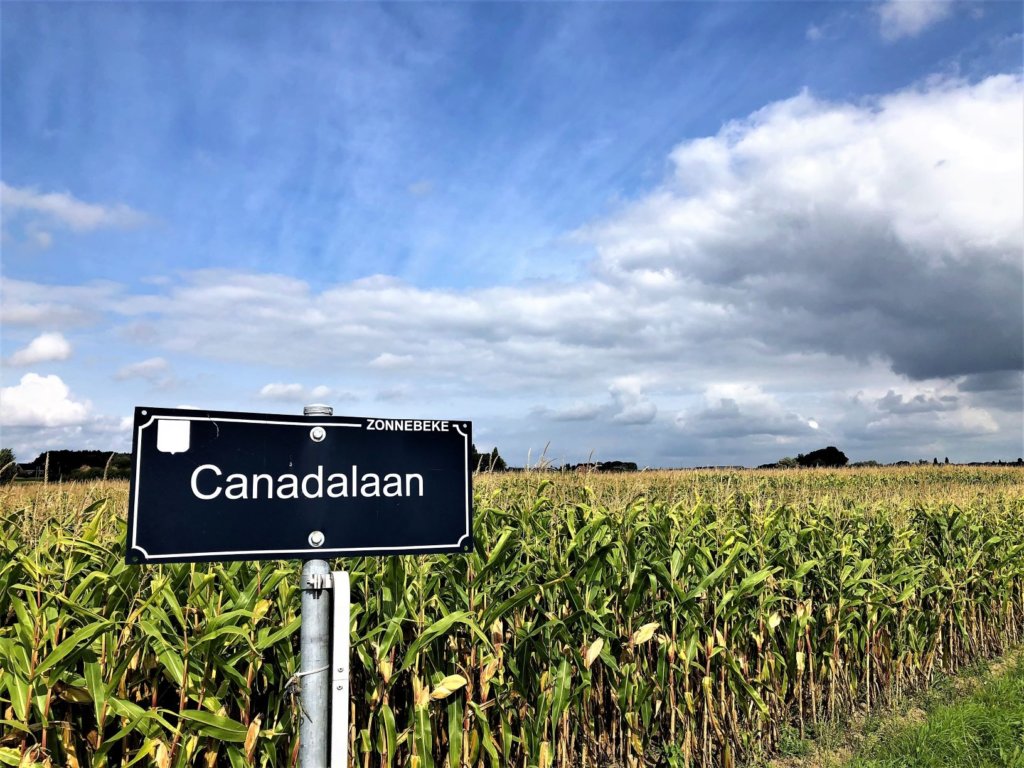
We arrived at the tiny village of Passchendaele about 20 minutes after our start. Directly to the left is the Passchendaele Canadian Memorial. The solid block of Canadian granite bares the inscription “The Canadian Corps in Oct-Nov 1917 advanced across this valley – then a treacherous morass – captured and held the Passchendaele Ridge”. The village was completely wiped out in WWI. Now rebuilt, the quiet little town lies where Canadians stormed cellars one by one where German soldiers hid, sealing the Allied victory. The Canada Gate stands off to the side of the monument. A straight road representing the last 800 meters of Passchendaele secured by the Canadians directs your attention to the church.

Hill 60
Eager to see more, we walked back to the Tyne Cot Cemetery, got back into our car and drove to Hill 60. Hill 60 was captured by the Germans from the French in 1914. Later, the British overtook this land and began the underground war of mines and counter-mines. Soldiers and miners worked for countless hours digging tunnels and setting explosives. Many died and are buried in the tunnels making Hill 60 a graveyard. Now a tranquil, pockmarked piece of land, Hill 60 is a reminder of the terrifying events from a hundred years ago. Small sentries of concrete bunkers peek out of the ground. A short walk takes you to the infamous Caterpillar Crater, a result of a massive explosion detonated as part of the Mines in the Battle of Messines.
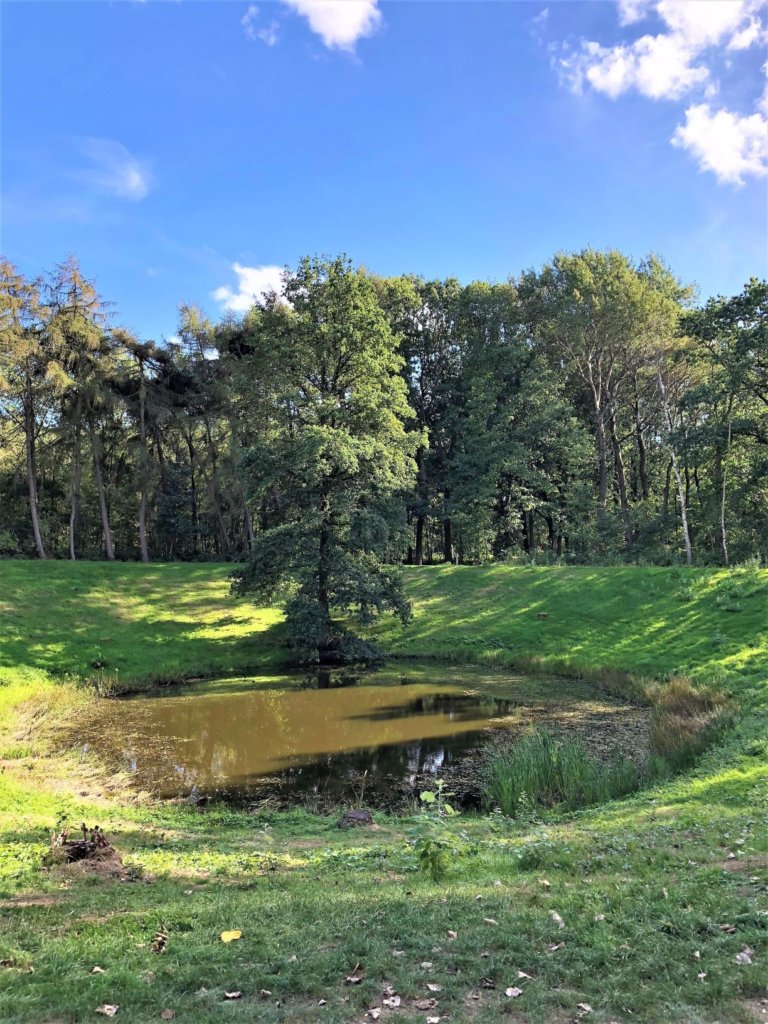
While The Last Post Plays
In order to catch The Last Post at the Menin Gate back in Ypres, we had to leave and miss the other sites we wanted to see. We felt we had only scratched the surface of this incredible piece of land called Flanders. It would have been a shame to rush. This was a time for reflection and gratitude for all that had been sacrificed in the name of freedom.
People packed The Menin Gate to see the ceremony. As a result of arriving early, we had room to stand. At 8:00 pm, the church bells rang, as they always do in Europe; a glorious sound to warm the heart. The ceremony commenced with a choir singing, Be Still My Soul. Consequently, the crowd was silent. The Bugler of the Local Fire Brigade played The Last Post. The sorrowful notes resonated through the tunnel and flowed over the names of the missing war dead, spilling out and rushing through the town of Ypres. Wreaths of remembrance were laid as the choir sang Abide with Me. The daily act of remembrance brought people to tears.
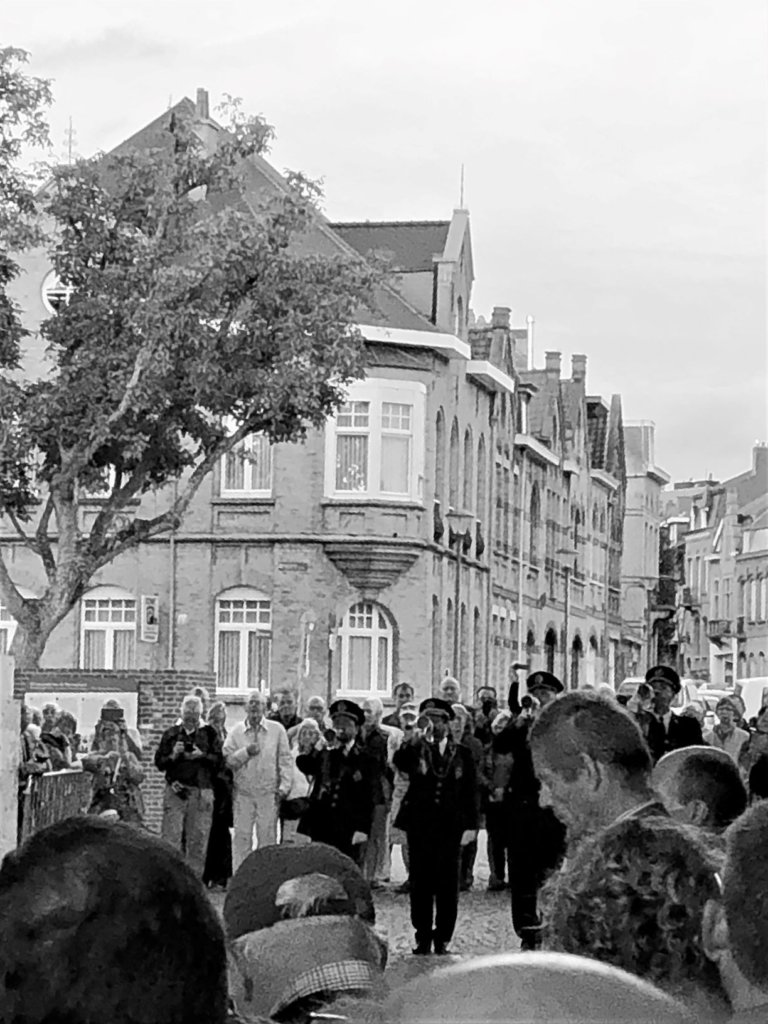
Remembrance Day
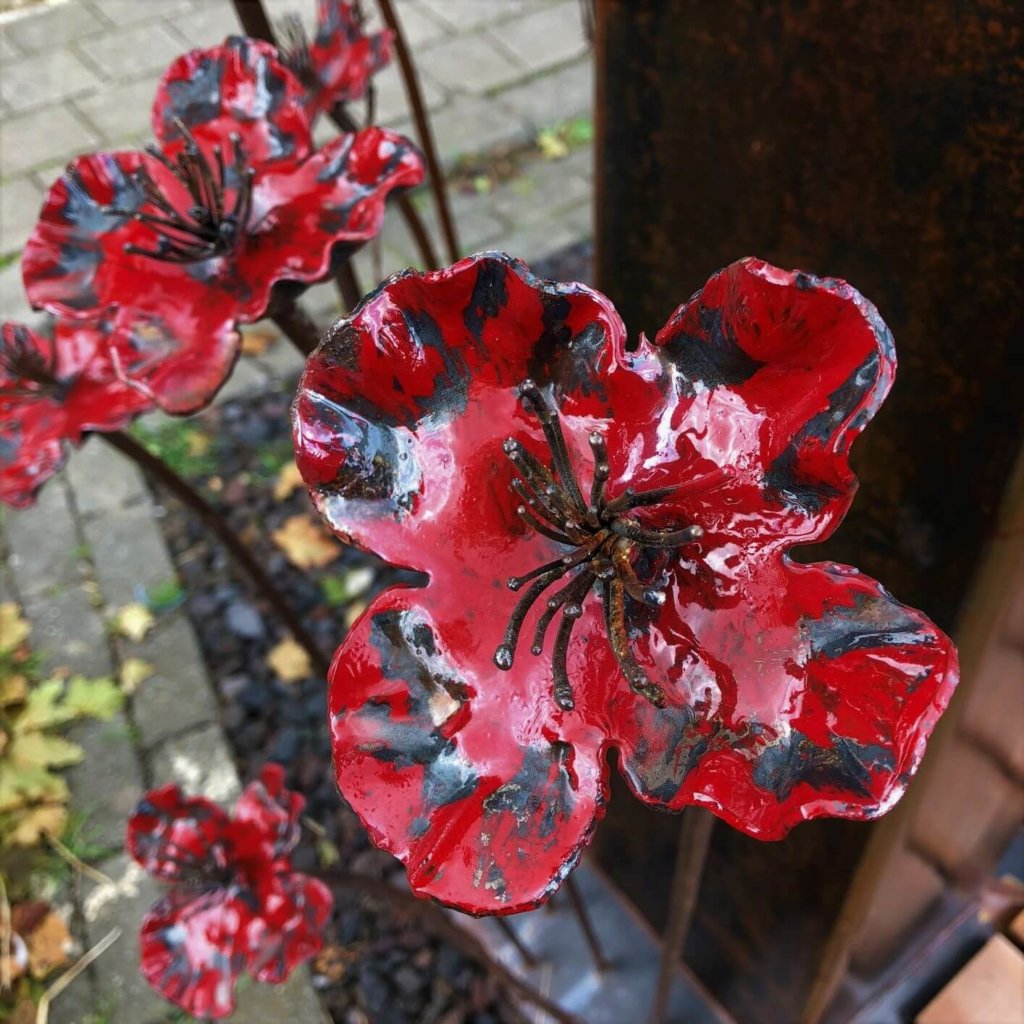
The eleventh day, of the eleventh month of the eleventh hour, will never be the same for me. November 11, 1918, at 11:00 am is the day The War to End all Wars was over. On Remembrance Day, we commemorate all war veterans for their sacrifice to their country. The wars throughout history have affected countless lives. Families traumatized. Bright, young lives taken too early. Horrors of the destruction of war burned into the brains of the survivors. Measures had to be taken to stop tyranny and protect the rights and freedoms we cherish today.
Connecting the Past, Present and Future
War memorabilia dwells in my childhood home. My Grandfather’s hat from his service uniform sits on an antique pump organ in the living room. This hat is pristine. Why? Because as my Grandfather boarded the train headed East to go to Europe, World War I ended. How would our lives have been different if Grandpa went to serve? Would he have come back? Possibly not. My Father would not have been born and I would not be here today.
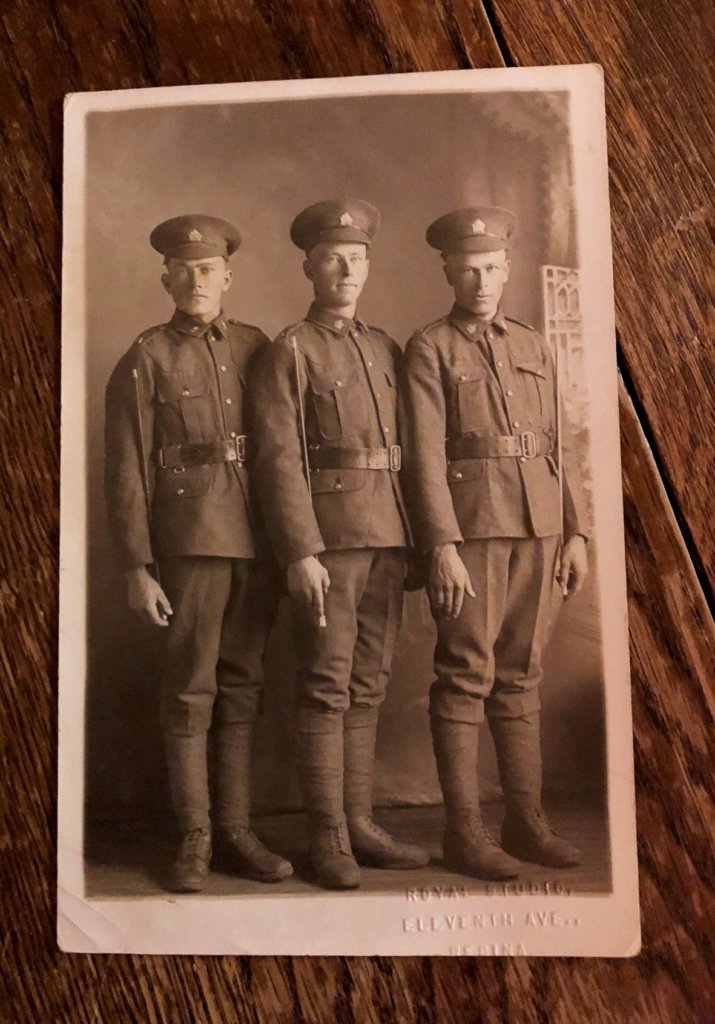
I pray for peace in this broken world. We must not forget the brave women and men who gave their lives so we can have the freedom we do today. Canada, and the world, please don’t forget. “Those who cannot remember the past are condemned to repeat it” – George Santayana
Where to Stay
All pictures in this post are taken by Charlotte, yours truly, as always, unless otherwise stated.
Roam Free is a deeply personal and often hilarious travel memoir that pulls you in to the wild and woolly ride of my epic travel adventures. If you loved Peter Mayle’s A Year in Provence, you’ll delight in Roam Free’s sweetly innocent deep dive into a life of untethered long-term travel. Get your copy on Amazon and become inspired today.
“I just finished your book and I wrote a great review on Amazon. Congratulations on your book, your blogging career, and mostly on your courage to step out of the box then burn the damn box!! Your book is inspiring. Bravo.” – Irene Cabay
Get Your Custom-Built Itinerary:
Want to make your own adventure travel memories but don’t know where to start? A Wandering Web Travels can help you plan and book your bucket list travel today.
Enter for your chance to win a FREE trip! *Terms and conditions apply.*
Book Your Flight and Car Rental:
Find cheap transportation by using Kiwi.com. This search engine combs websites and airlines around the globe to become the ultimate travel hack.
Book Your Accommodation:
You can book hotels, apartments, resorts, villas, B&Bs and guest houses at Booking.com! They consistently return the most economical rates for guesthouses and cheap hotels.
Like surprises? Try Hotwire.com and Save up to 60% off 4+ Star Hot Rate Hotels!
Always been curious about Airbnb but afraid to try? Now you can check them out and earn up to $62 CAD off your first trip!
Check out our world recommendations page on Where to Stay!
Book Your Small-Group Tour, Activities and Attractions:
For the best small-group tours check out G Adventures’ Insanely affordable tours!
Viator is another great option so don’t miss out! Guaranteed lowest prices on tours and activities.
Don’t Forget Travel Insurance:
Travel insurance will protect you against illness, injury, theft, and cancellations. It’s comprehensive protection in case anything goes wrong. We like World Nomads because they have great rates and cover a range of adventurous activities.
P.S. – If you’ve found our website helpful and like to book travel yourself, please consider booking your next trip through the links on our Resources Page. We have personally used the companies listed there in our own travels. By booking through these links, the small commission we earn helps us keep the content up to date, expand our resources, and keep the website community supported.
Mission statement: Transform your life with travel—one destination, one adventure, one story at a time.

